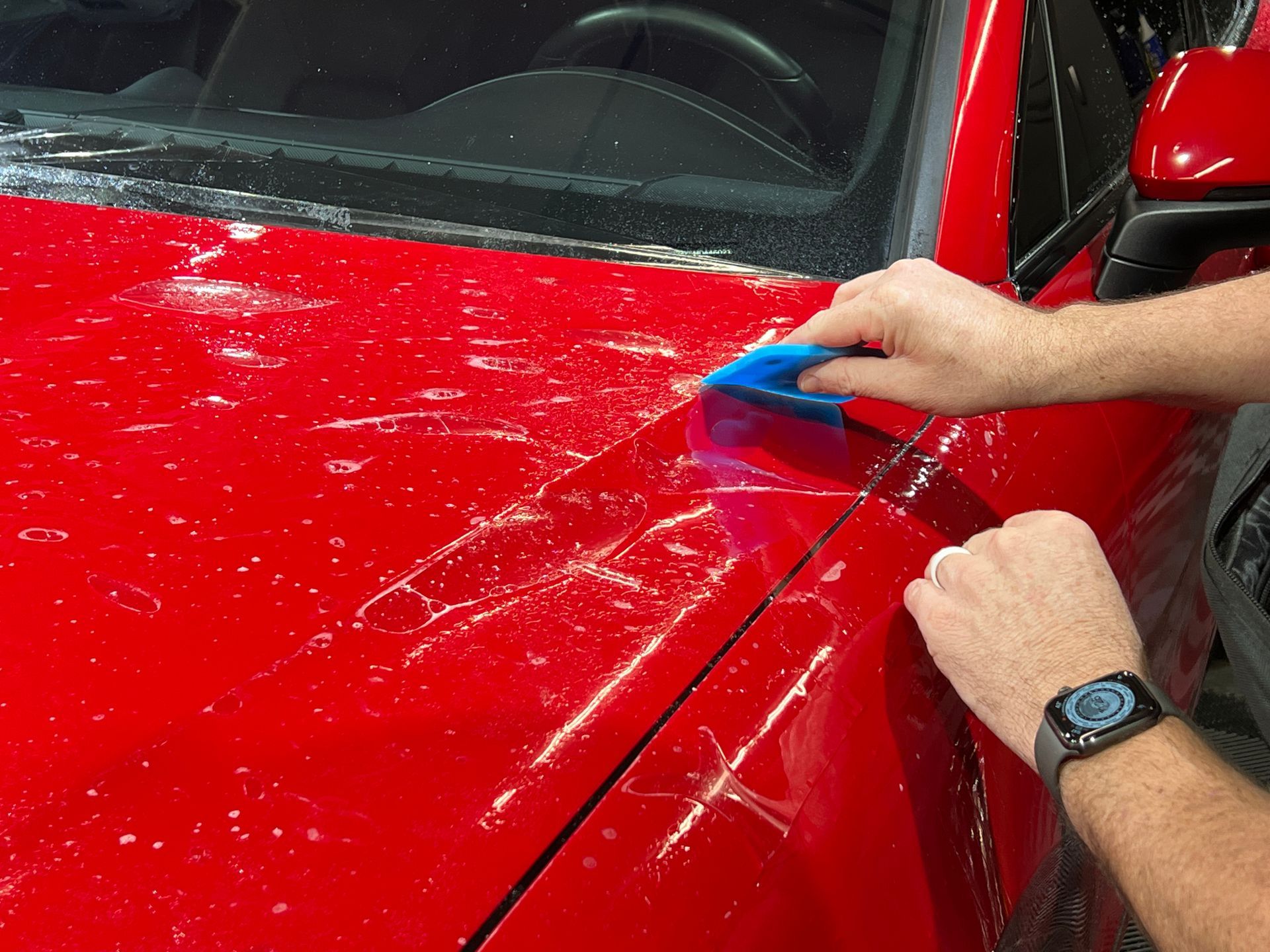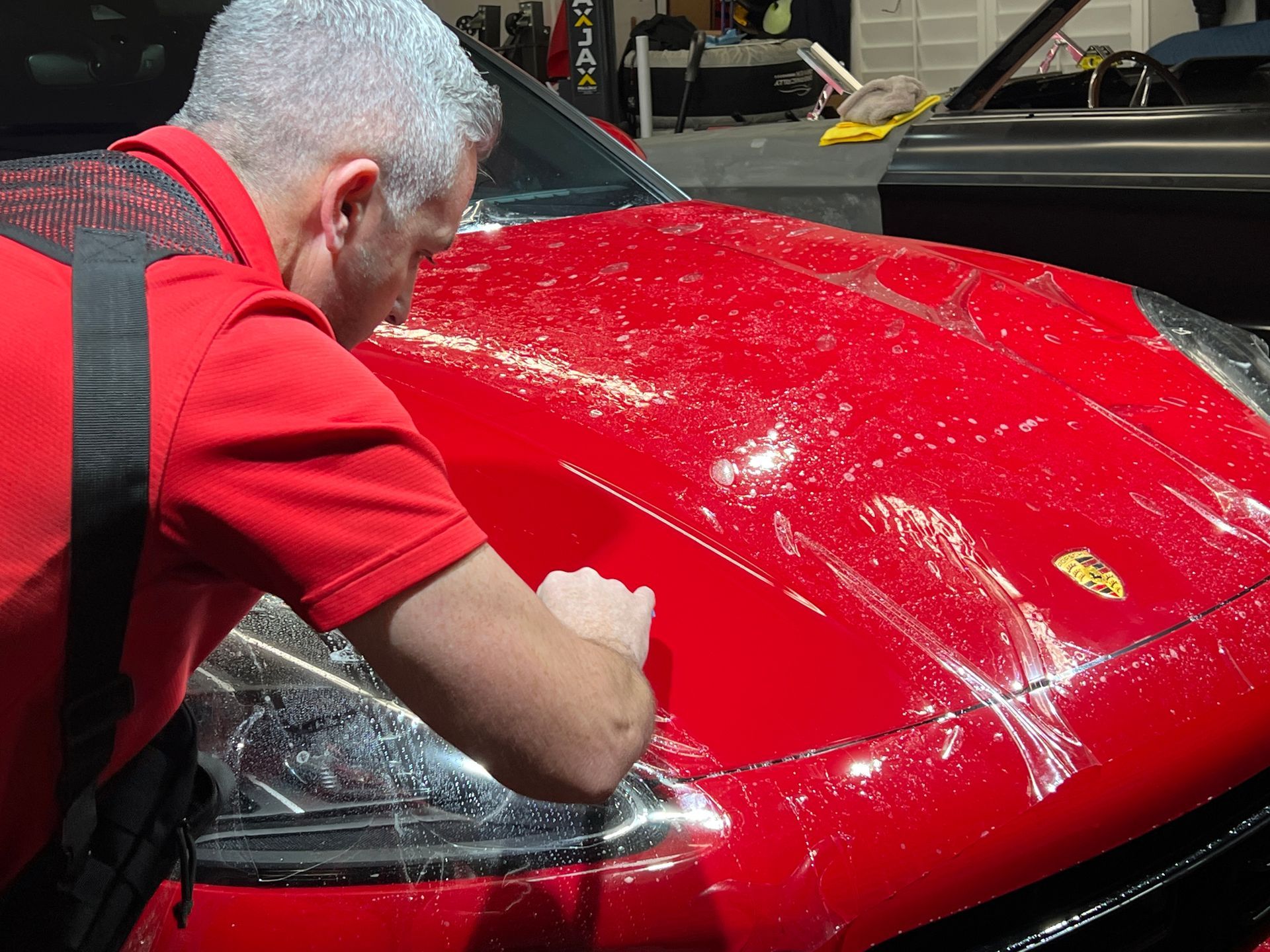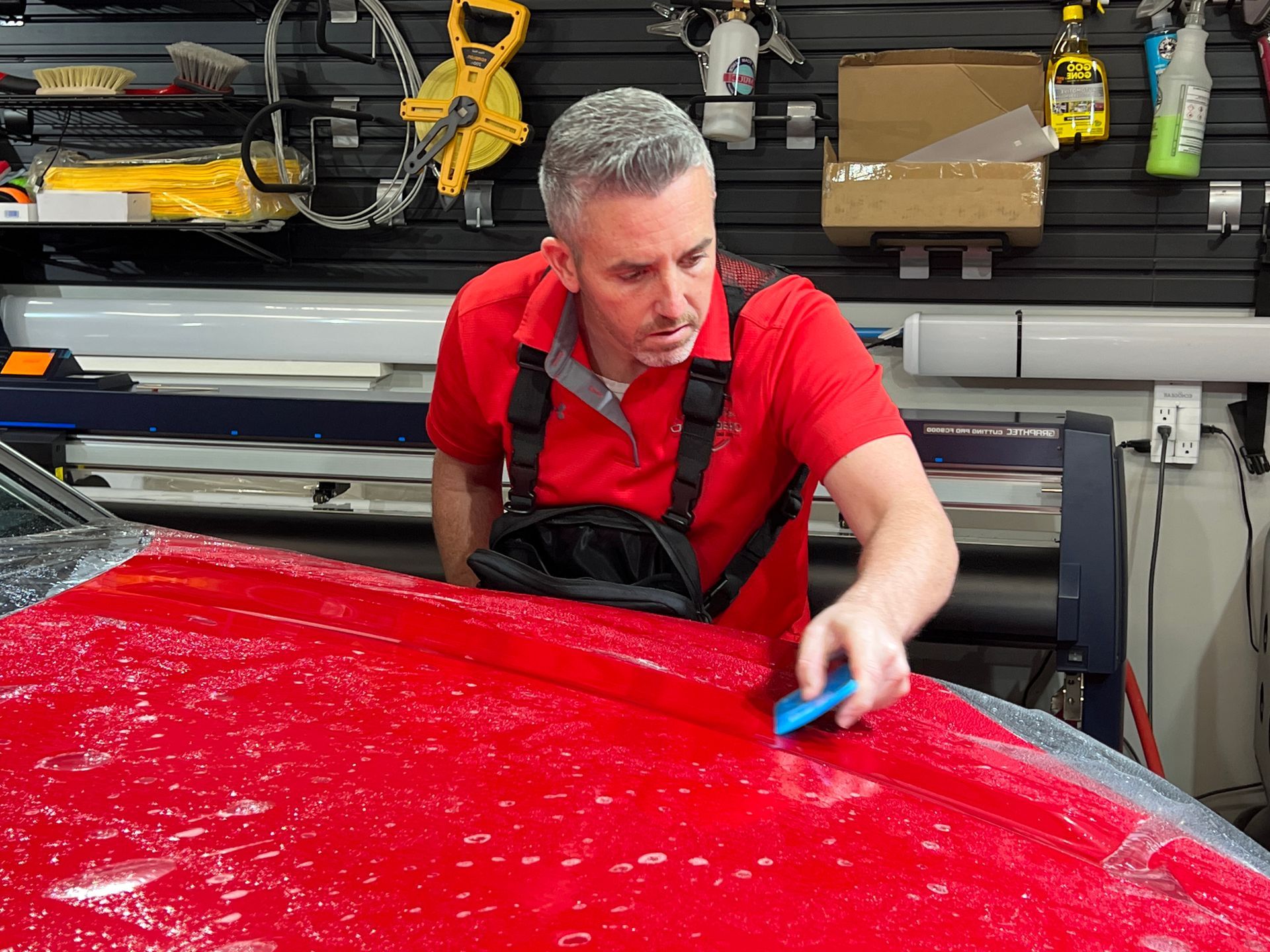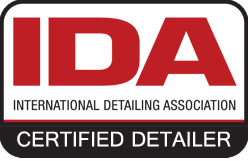How to Care for Your Car’s PPF in Different Weather Conditions
Keeping your car looking flawless despite changing weather conditions requires more than just effort; it demands a strategic approach to maintaining your paint protection film (PPF). Ensuring your vehicle's exterior remains pristine isn't merely about aesthetics; it's about preserving value and prolonging protection.
Many drivers unknowingly expose their cars to unnecessary damage due to overlooked details in PPF care routines. The key lies in understanding practical, actionable steps—from washing techniques to avoiding harmful chemicals—that safeguard your investment. Proper care doesn't just act as a shield against rain, sun, and snow; it also makes long-term maintenance less daunting.
Essential PPF Maintenance Tips
Regular Washes
Maintaining a regular washing schedule is essential for the longevity and appearance of your paint protection film. Aim to wash your vehicle every 1-2 weeks using pH-balanced, non-abrasive soaps specifically designed for automotive care. The gentle formula ensures that while dirt and grime are effectively removed, the integrity of the PPF remains intact.
Moreover, when washing your vehicle, opt for soft microfiber cloths instead of sponges or brushes. While sponges may seem harmless, they can trap particles that scratch the surface of the film. Microfiber cloths provide a much gentler touch, ensuring the film maintains its clarity and finish over time. Many car enthusiasts have learned this lesson the hard way—using abrasive materials can lead to irreversible damage.
Avoiding Harsh Chemicals
Another key aspect of paint protection film maintenance is avoiding harmful chemicals during cleaning. It's important to steer clear of any products containing alcohol or ammonia. These harsh substances can weaken the adhesive properties of the film, jeopardizing its ability to stay adhered to your vehicle's surface.
Instead, select specialized cleaning products formulated for PPF or simply diluted dish soap mixed with water. For instance, many users have reported great results when utilizing solutions specifically made for PPF; they clean without risking damage or degradation.
Protecting Against Sunlight Damage
Prolonged exposure to sunlight can significantly degrade PPF, leading to discoloration and reduced effectiveness over time. It’s not just the heat that poses a risk; UV rays can penetrate through the film and harm the underlying paint as well.
Parking Solutions
One of the simplest yet most effective strategies is adjusting your parking habits. Whenever possible, aim for shaded spots. Not only does this keep your car cooler, but it also significantly reduces direct sunlight exposure. Simple steps like finding a tree or a structure that creates natural shade can make a world of difference over time. They act as powerful barriers against harmful UV rays when parked outside.
Furthermore, many car owners are discovering the benefits of UV protectant sprays specifically formulated for use on paint protection film. These sprays bolster protection against sun damage by creating an additional layer atop the film. They’re easy to apply—simply spritz them on after washing your car—and can serve as an affordable insurance policy against fading and wear.
Preparing for Rainy Conditions
When the skies darken and the first droplets of rain begin to fall, a car owner must do more than just seek shelter; they must understand the steps necessary to protect their prized vehicle’s finish. Rain can bring various contaminants—from dirt and dust to pollen and silt—that may cling to your PPF.
Hydrophobic Coatings
One of the best ways to ensure your vehicle's surface repels water is by applying a hydrophobic ceramic coating. This advanced treatment creates a protective layer that causes water to bead up and roll off rather than collecting on your car's surface. As rain falls, here are some quick tips to consider for maintaining the integrity of your PPF:
- Always rinse off contaminants immediately after a rainfall. If you let mud or debris sit on the surface, it can adhere firmly to the film, leading to stains.
- After rinsing, dry the car thoroughly. Water spots can become an eyesore if not dealt with quickly.
- Conduct periodic checks for any signs of water infiltration under the film. This is particularly crucial after heavy rains; catching any issues early can prevent bigger problems later.
Proper Cleaning Methods for PPF
When it comes to cleaning paint protection film, following the correct method is essential.
Step 1: Pre-Rinse
Start with a thorough pre-rinse using clean water to wash away loose dirt and debris that may cling to the surface. This initial rinse is crucial as it prevents scratches during the scrubbing phase, which often occur when dust particles mix with soap.
Step 2: Soap Application
Once the car has been pre-rinsed, apply a pH-balanced car soap. Specialized soaps gently cleanse both paint and protective films without harm. It’s best to use either a foam cannon or the two-bucket method. The foam cannon allows for even distribution, lifting dirt and grime effectively, while the two-bucket method minimizes contamination by separating clean water from soapy water.
Step 3: Gentle Scrubbing
Now it’s time to scrub. Use a microfiber mitt—this material is soft and helps prevent swirl marks and scratches. Avoid using brushes, especially ones with stiff bristles, as these could damage the paint protection film surface. A key tip here is not to scrub in circles; instead, opt for straight-line motions while applying light pressure to reduce the chances of swirls developing.
Step 4: Thorough Rinse
After scrubbing, rinse off all soap completely. Leftover soap residue can create streaks or haze that distract from the clarity of the paint protection film. Utilize a strong rinse pattern, allowing water to flow over the surface and carry away any remaining suds.
Step 5: Drying
To finish up, drying the car is essential to avoid water spots that can mar the appearance of your freshly cleaned PPF. Use a dry microfiber towel or an air blower for this task. Microfiber towels are ideal because they absorb moisture efficiently while being non-abrasive—ensuring that no scratches are introduced during this final stage.
Winter Weather Preparations
Winter brings unique challenges when it comes to maintaining paint protection film (PPF) on your vehicle. The combination of ice, snow, and road salt can create an environment that is harsher than what most people anticipate. As temperatures drop and the weather begins to change, preparation can make all the difference in protecting your investment.
Salt and Debris Removal
Snow and road salt can be particularly corrosive, but frequent washes help remove these hazardous substances. In winter, aim to wash your vehicle biweekly for optimal protection. A regular rinse helps to prevent the salts from accumulating and eating away at the PPF as well as the underlying paint.
Specialized Winter Products
When choosing cleaning products during winter, opt for winter-specific car shampoos designed to break down road salts without harming the PPF. These specialized shampoos contain ingredients tailored for cold weather conditions that not only clean but also condition the film. Using them ensures that you maintain the integrity of your PPF while effectively removing those damaging elements.
Clay Bar Treatment
Another excellent tool for winter preparation is using a clay bar treatment post-wash to pick up any stubborn particles left behind—this helps fend off potentially harmful contaminants that could cause micro-abrasions on the surface of your PPF.
Extending the Life of Your PPF
Prolonging your PPF's lifespan is not just a task; it’s an investment in the integrity and appearance of your vehicle. The fabric of daily life can wear down even the most durable protective films, making maintenance paramount.
First and foremost, regular inspections play a key role in catching issues early. Conduct monthly checks to assess any signs of wear, lifting edges, or discoloration. Think of these inspections like routine check-ups for your car—skipping them can result in more extensive damage that affects both appearance and functionality.
Regular Inspections
During these inspections, take note of how the film interacts with environmental factors like sunlight or road debris that might exacerbate wear. If you identify any peeling edges or scratches, addressing them promptly with a trusted professional can significantly extend the film’s life.
Appropriate Cleaning Methods
It's also vital to know which tools and cleaning methods to avoid during your maintenance routine. For instance, pressure washers may offer a quick clean but can lift the edges of the film if used improperly. Instead, opt for gentle cleaning methods. A foam cannon or a two-bucket wash method allows for thorough cleaning without putting undue stress on your PPF.
Avoid Abrasive Tools
When it comes to drying and polishing, always choose soft microfiber cloths rather than rough brushes or abrasive towels, which might contribute to scratching the film's surface. Consistently following these strategies ensures that your PPF remains effective regardless of weather conditions, providing optimal protection for years to come while keeping your vehicle looking its best at all times.
Safeguard Your Car’s Finish with Professional PPF Installation!
Keep your vehicle looking flawless with premium paint protection film from
Obsessed Detail and Restoration. Our skilled technicians provide seamless installations, offering strong protection against road hazards, UV exposure, and extreme weather.
Book your PPF installation today!






